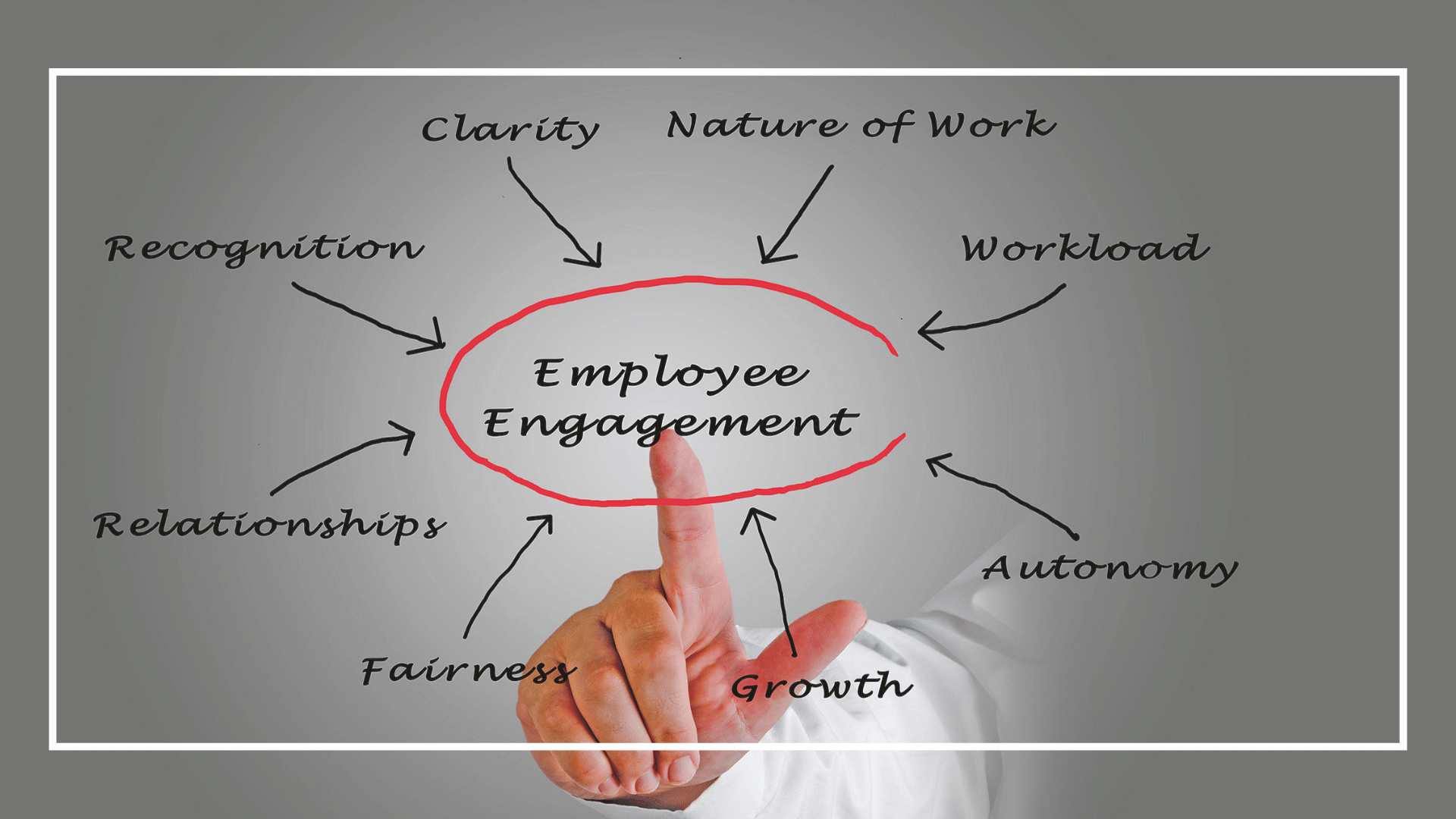Aim for "Flow" to Keep Your Employees Engaged
OCTOBER 22, 2022 | SHARMILA BHOWMICK
The post-pandemic workplace is a new hybrid type since employers and employees have shifted their focus for the past two years. Faridun Dotiwala, Partner, McKinsey & Company, said in an exclusive interview with Business Today that a company's ability to create a state of flow in its employees could determine the survival or success of a post-pandemic workplace.
A disengaged employee was one of the concerns in the post-pandemic, as it resulted in a technologically disturbed workplace. But this time, the primary issue of the business is to establish cohesive, engaged workplaces, especially with terms like hybrid work, work from home, moonlight, and quiet quitting that are floating around the topic of employment.
What exactly does a flow state at work defines?
Creating "flow" is the key to building a unified, engaged workplace. According to McKinsey & Company Partner Faridun Dotiwala, "Flow is produced in the presence of job and task match."
"Disengagement from work is a growing problem in the corporate sector worldwide, and it is not a new phenomenon," he adds. "To develop meaning, there are three useful methods. First, allow staff to set their objectives; the act of authorship itself fosters ownership, balance, skill, and challenge. Second, finding the ideal balance between a person's skill level and third, the level of challenge is essential for developing meaning and, consequently, "flow," according to Professor Mihaly Csikszentmihalyi, an expert on pleasure and creativity. Moreover, Dotiwala claimed that "one could not perform at their best when there is an imbalance."
He continues by stating that job-task matching is an essential duty for companies to complete and that a significant portion of employee dissatisfaction or disengagement comes from a mismatch between aptitude and assignment. For instance, putting a low-skilled person in a situation with a high challenge will cause anxiety; putting a highly skilled person in a case with a common challenge will cause boredom; putting a low-skilled person in a situation with a shallow challenge will cause apathy in the end.
Lacking sense or significance
Dotiwala believes that most people's professional pursuits are characterized by a "lack of meaning," which ultimately leads to disengagement at work. "Meaning, passion, enthusiasm, and being motivated by a greater good are what count most. Even with the best intentions, it can be challenging for CEOs to help staff members discover a greater purpose in their job. More than just an exciting vision. Therefore, if an inspirational vision fails to speak to employees' hearts, it will have little effect, he claims.
Fast growth should be anticipated.
The workplace, as we once knew has been disrupted by the post-pandemic hybrid work culture, but it also has the potential to spur quicker growth than before. In the post-pandemic era, hybrid work encompasses a lot more. According to Ray Kurzweil, the 21st century won't mark 100 years of progress; rather, it will mark 20,000 years of growth as the author writes.
Data from McKinsey indicates that there is probably a 50–60% more demand than supply for IT talent, such as big data for developing digital capabilities. By 2030, for about 60% of occupations, 30% of jobs will be automated, and the number of occupation transitions will rise by 25%.
"So, indeed, new methods of managing talent will become essential, in addition to company policies. This covers everything, says Dotiwala, from figuring out the kind of talent required to hiring, training, inspiring, and managing the personnel.
Quitting Frenzy
"Roughly 40% of workers worldwide indicate they might quit their jobs in the upcoming three to six months. When we examine the causes, we see that employers cannot change what they do not comprehend. Employers tend to over-index on transactional aspects like income and roles, while employees place greater importance on relational features like a sense of belonging and feeling valued by management and the organization, the author continues.
What inspires people?
"What inspires me does not always inspire you." Therefore, assuming that everyone is motivated by the same thing, is a typical mistake that was brought up by leaders and organizations. According to research, there are five common places to find inspiration in an organizational setting. Impact on society, customer impact, company performance, team atmosphere, and personal learning and progress are all things that drive people. The difficulty is that the general population's motivations were evenly spread throughout these five. It only means that organizations must tell each of the five tales at once, he continues.
Read more...
